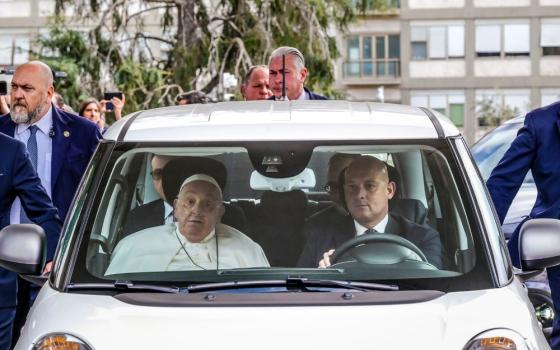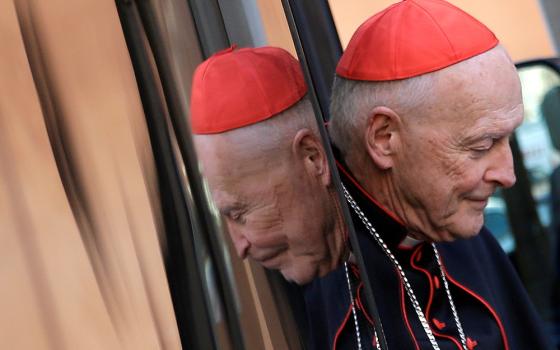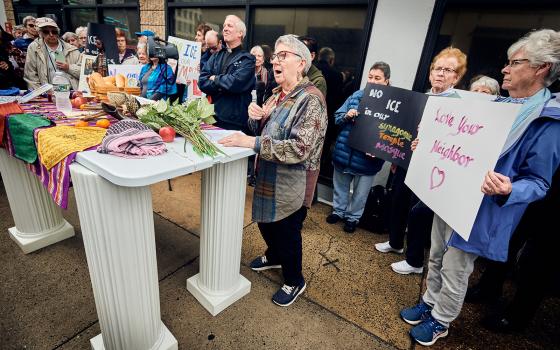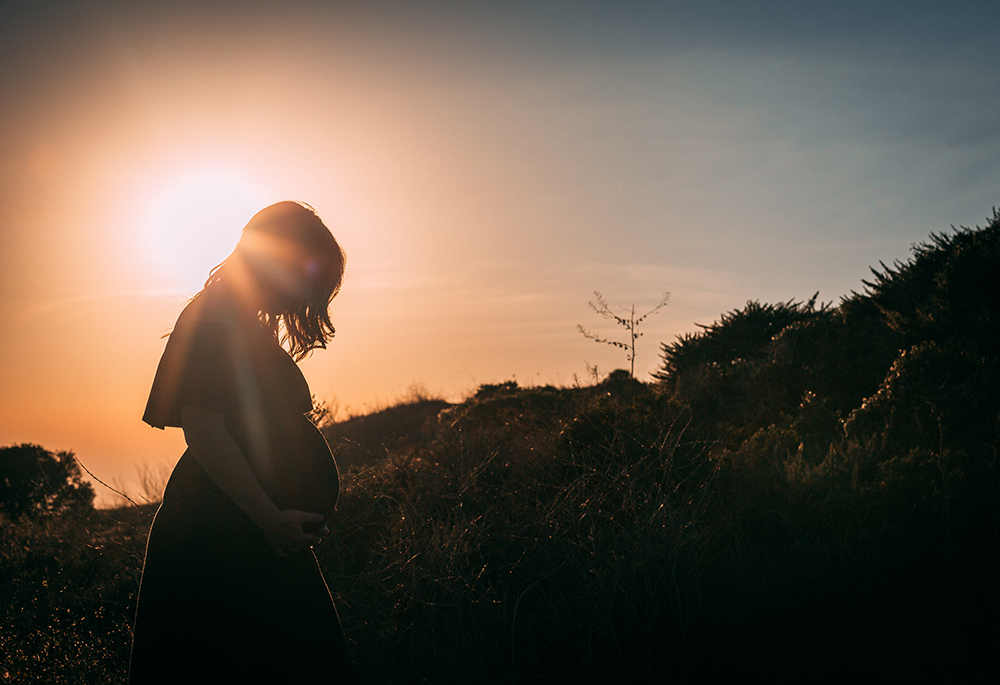
(Unsplash/Josh Bean)
In her 20-week ultrasound of a wanted pregnancy, Kylie Beaton of Texas learned that the fetus she carried was diagnosed with alobar holoprosencephaly, meaning that the brain was not developing properly and was growing abnormally quickly. Beaton was informed that because of this rare congenital anomaly, she would likely experience miscarriage or stillbirth. But her physician said that no action could be taken to end the pregnancy in the state of Texas unless Beaton developed a severe complication that put her life in danger.
"I can't do anything unless you develop a severe health issue," Beaton's doctor told her.
At the 28-week checkup, the baby's head measured at the size of a full-term fetus, but the doctors refused to induce labor, according to the Austin American-Statesman. As reported, "Beaton was rushed to the hospital at 35 weeks with abdominal pain" and had an emergency Cesarean (a procedure that carries additional risk for the mother in comparison to vaginal delivery). The baby died four days after birth.
Beaton is not alone. She has since joined a dozen other women in a lawsuit against the state of Texas, where severe abortion restrictions that include threats of prison sentences and six-figure fines have resulted in doctors being afraid of providing care even when pregnant patients face serious medical complications. In Ohio, Christina Zielke was refused miscarriage treatment even when she was bleeding profusely and no fetal heartbeat could be detected.
Is this the state of women's health care after the Supreme Court decision that overturned Roe v. Wade?
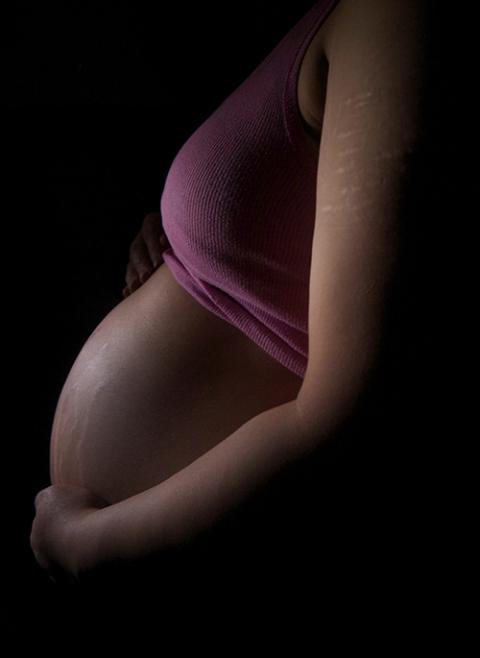
(Unsplash/Jan Canty)
As we acknowledge the one-year anniversary of the Dobbs v. Jackson Women's Health Organization decision of June 24, 2022, it is a good time to reflect on the judicial reasoning of the majority opinion and the wide-ranging consequences of the Dobbs decision for pregnant women across the United States.
Abortion remains a complex moral, legal and political issue; the overturning of Roe v. Wade did not solve the problems that women with unplanned pregnancies face, nor did it address the social realities that make pregnancy difficult and sometimes dangerous for women. In addition, while some state regulations of abortion do make exceptions for cases of fetal anomaly, ableism remains a factor in many of these pregnancy discernments, which include complex judgments about the potential quality of life for children with disabilities who survive childbirth. It is important to name ableism as problematic even as we note that pregnant women have reasonable concerns about their health and the social supports on which they can rely if they choose (or are forced) to birth and parent.
Looking back on the 2022 Dobbs decision in light of the sweeping changes that we have seen in just one year, two issues demand greater attention: first, the prioritizing of unborn life over maternal life, and second, the use of sexist tradition to overturn a 50-year precedent.
Balancing maternal, fetal health
Justice Samuel Alito, who authored the majority opinion, argued that the U.S. Constitution does not explicitly enumerate a right to abortion. Justice Brett Kavanaugh argued in his concurring opinion that "the Constitution is neutral on the issue of abortion" and leaves the issue for the people and their elected representatives to resolve through the democratic process in the states or Congress. The Dobbs decision overturned precedents previously established in Roe (1973) and Planned Parenthood v. Casey (1992), and left abortion restrictions to be determined by the states. In doing so, the Supreme Court did not necessitate banning abortion, but said that different states could balance the rights of maternal and fetal life differently.
Dobbs was written to address a 15-week abortion ban in Mississippi — but the decision led to earlier gestational age limits in other states, both because of trigger laws (laws triggered by the overturning of Roe) that took effect and new legislation that has since passed (because Dobbs returned the issue to the states). New regulations on medication abortion (for example, banning telehealth appointments or requiring an in-person visit) also reduce access, especially for patients who need to plan for transportation, child care and time off of work.
The impact of the Dobbs decision, as noted by Justices Stephen Breyer, Sonia Sotomayor and Elena Kagan in their dissenting opinion, is not experienced by pregnant women as "neutral," because there is diminished clarity about what rights pregnant patients have when making decisions about their health care.
The fallout from Dobbs has been significant for health care providers who have had to navigate changing state laws and confusion about what procedures and prescribed medications could potentially place them in legal liability and even financial ruin. According to the Guttmacher Institute, more than 65 clinics have stopped providing abortion care. Before we join pro-life Catholics in celebrating this news, we need to consider the impact on pregnant patients across the U.S.
In a post-Dobbs world, women are worried, with reason, that in the cases in which maternal life and fetal life conflict, health care providers will consider their health and lives as secondary. The passage of laws "protecting unborn life" prioritize unborn life over the decision-making of the pregnant woman. In abortion bans, the value of the pregnant woman is not intrinsic but instrumental: She is valued for her role in gestation, not as a person with her own complex needs. For a faith tradition that claims to honor the intrinsic dignity of women, such a framing is problematic.
Advertisement
Seeking justice for fetal life while rendering invisible the pregnant woman on whose life the fetus is contingent does not lead to justice for all. Advocates for "prenatal justice" who render invisible pregnant women are actually distorting the Catholic tradition's defense of women's human dignity. Pregnancy can be a beautiful and wonder-filled time of joy and expectation, but pregnancy can also be burdensome and dangerous. When courts remove the decision-making from pregnant women, even about medical decisions that will have long-term impacts on their own health and on their lives, this does not align with respect for women as human persons.
Catholic teachings affirm the inherent human dignity of women but also describe maternal sacrifice as constitutive of womanhood. Such a framework can normalize unjustified double standards, especially when men are not expected to sacrifice in the same ways. For example, parents are not legally required to give blood or bodily life support for their children, even if many Christian parents would choose to do so out of love. But choosing to sacrifice one's bodily integrity out of love is very different from being forced to sacrifice one's bodily integrity by the state. While the former may be holy, the latter is certainly not. While the ethical and religious directives governing Catholic hospitals minimize potential conflicts between maternal and fetal life, such conflicts can arise. The directives do not require a pregnant woman to sacrifice her life to protect fetal life (see Directive No. 47), but confusion about how to interpret and apply the directives remains. Medical providers face similar challenges with regard to state laws today, as they seek to provide care for pregnant patients who experience distress, without putting their own medical practice in peril.
Sexist legal tradition
Another aspect of the current state of women's reproductive health in the U.S. today devalues women by drawing on sexist traditions to support legal decisions. We are in the midst of an intense debate about how to interpret the U.S. Constitution, as originalist interpreters are at odds with living constitutionalist interpreters. How we interpret and draw upon past traditions matters for women today.
Alito argues that the right to an abortion is not "deeply rooted in this Nation's history and traditions" and that "not only are respondents and their amici unable to show that a constitutional right to abortion was established when the Fourteenth Amendment was adopted, but they have found no support for the existence of an abortion right that predates the latter part of the 20th century."
Two things must be said here. First, the 14th Amendment (ratified in 1868) was written in a very different social world than the one we inhabit today. Alito draws on a legal tradition dominated by white landowning men to craft an argument that disempowers women (especially women of color) today. Such arguments are not morally neutral. Women were not considered legal persons in 1868.
Further, women's practices of fertility management throughout the centuries have included practices that were not always governed by local, state or federal laws. Before the institutionalization of modern medicine, midwives and healers accompanied women in wide-ranging practices that included herbal remedies to prevent and/or interrupt pregnancy, processes of accompaniment and support during labor and delivery, herbs to boost milk production, and other aspects of wellness and fertility management.
One of the troubling aspects of the majority opinion is that it erases women's histories of accompaniment, discernment, mutual support and solidarity in difficult and complex moral quandaries. Alito's tracing of U.S. history on reproductive health leaves out the perspectives and stories of women, as well as the important histories of nonwhite communities more broadly, including Indigenous peoples and communities of color. How we retrieve tradition matters, not only in judicial opinions but in Catholic theology.
The way we approach constitutional law today must somehow reckon with the realities of racism and sexism in U.S. history. Failure to do so is fundamentally dishonest and will lead us to perpetuate, instead of challenging, relationships of unequal power under the law.
A year later, we see that the Dobbs decision did little to bring legal clarity to the complex issue of abortion in the U.S. But one of the most profound weaknesses of the Dobbs decision is how little it values the bodies and consciences of pregnant women. Profound questions remain about how to chart a way forward in a country in which racism and sexism have always prevented true equality among citizens. This is why scholars of reproductive justice and birthing justice advocate for the social conditions for reproductive flourishing, inclusive of fair wages, safe communities, comprehensive sexuality education and more. We need to build broad coalitions to collectively address systemic injustice; the Dobbs decision has only worsened the prospects for doing so.

